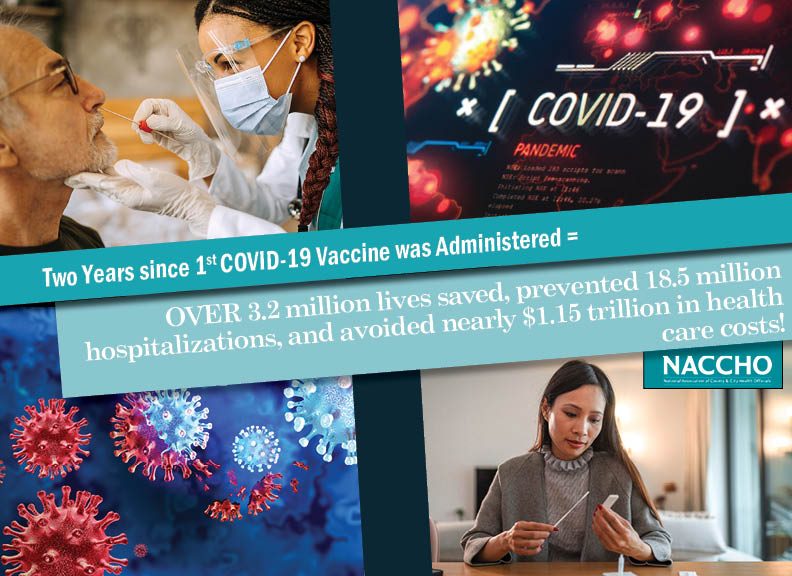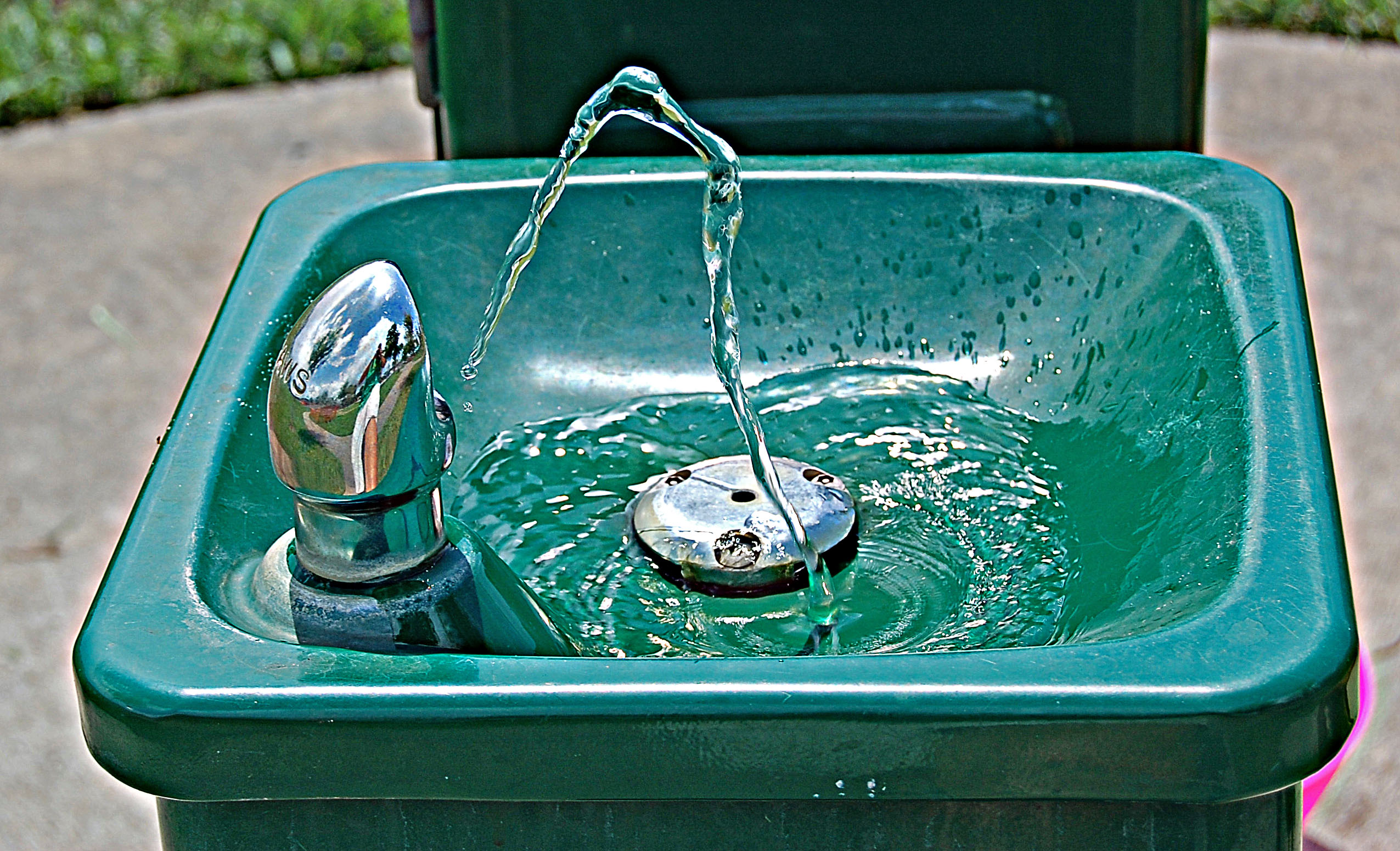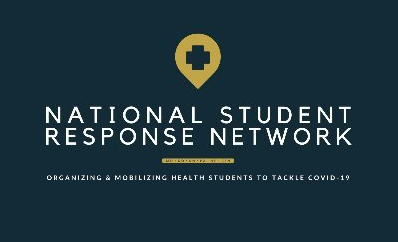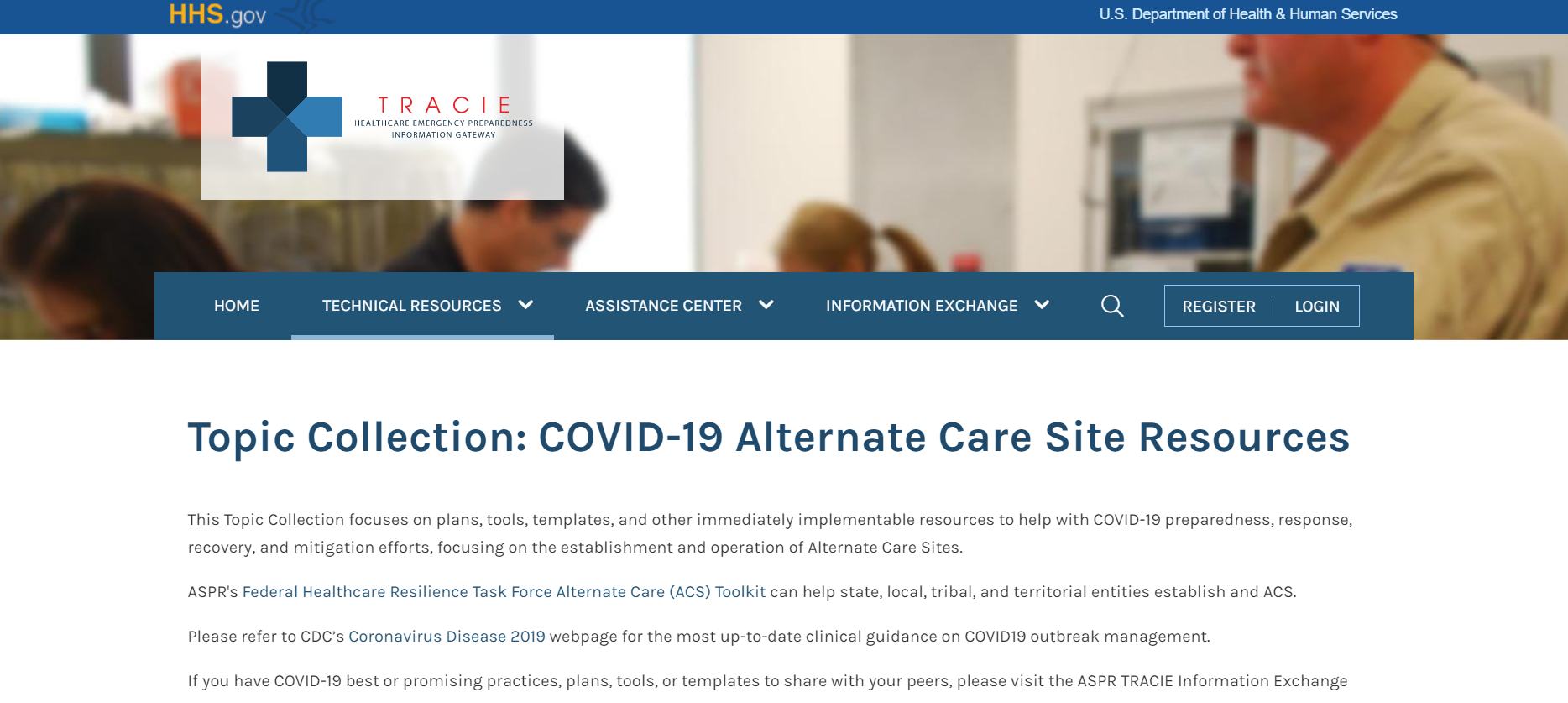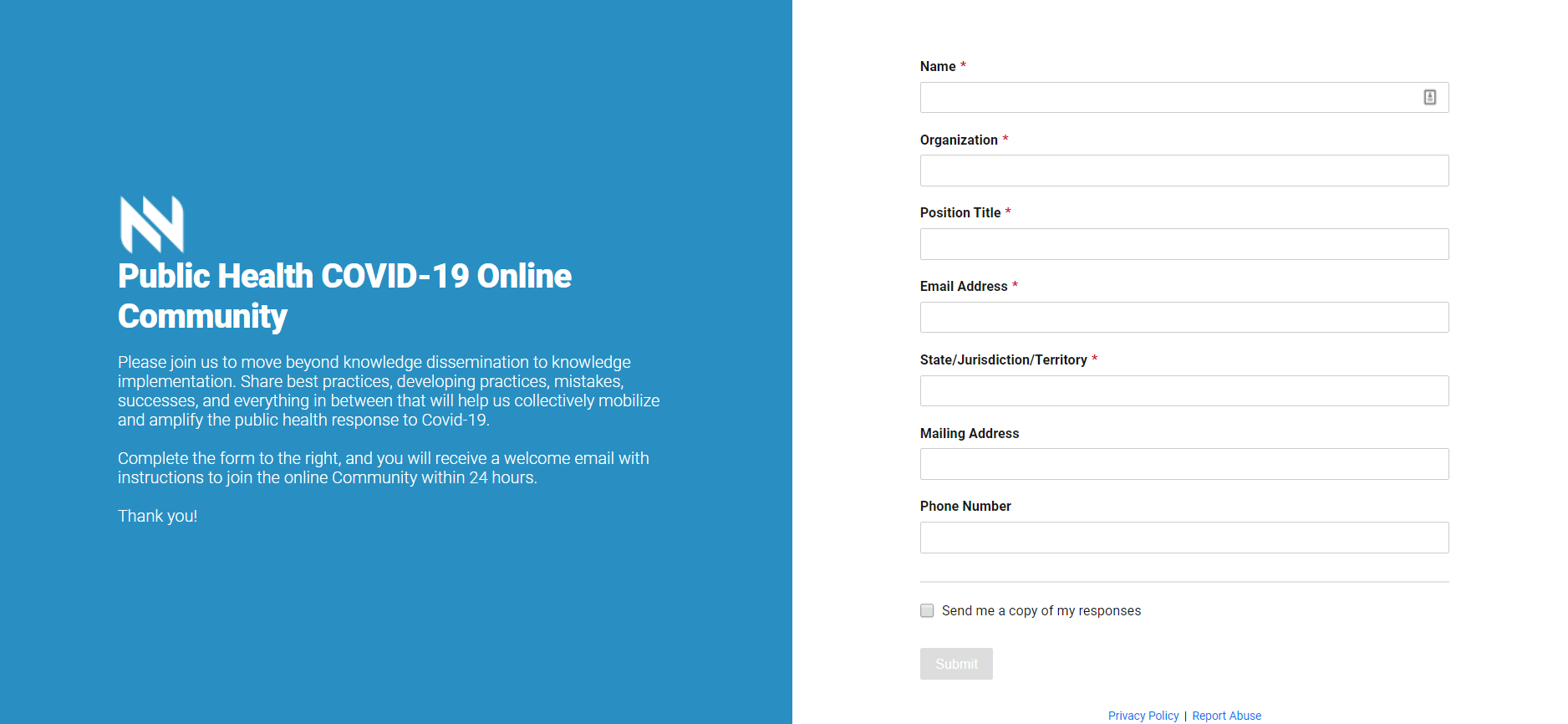Popular Categories
New RadResponder Module Monitors Critical Population Data
The Conference of Radiation Control Program Directors, Inc. (CRCPD) has made strides to prevent and/or reduce radiation exposure in...
Feb 12, 2018
Be Prepared for Radiation Emergencies
“Failing to plan is planning to fail:” This saying applies to many aspects of preparedness, including radiation disaster preparedness....
Nov 30, 2017
NACCHO Releases Report on Local Radiation Preparedness Efforts
NACCHO, in collaboration with the CDC Radiation Studies Branch, developed a report entitled “A Mixed-Methods Approach to Understanding...
Oct 18, 2017 | Raymond Puerini
EPA Publishes Two Public Communication Tools for Radiation Emergencies
In January 2017, the Environmental Protection Agency (EPA) issued a revised, 2017 Protective Action Guide (PAG) Manual. The PAG Manual...
Oct 10, 2017 | Alexandra Harris
CDC’s Community Reception Center (CRC) Toolkit
To support the CDC’s earlier guidance “Population Monitoring in Radiation Emergencies,“ CDC developed the Community Reception Center...
Oct 06, 2017 | Alexandra Harris
New Tool: Critical Radiation Resources Fact Sheet
NACCHO, in collaboration with the Radiation Workgroup, created the Critical Radiation Resources Fact Sheet. This fact sheet provides...
Oct 06, 2017 | Alexandra Harris
New NACCHO Report: Population Monitoring Data Management during Radiological...
Radiological emergencies can vary by size and type and result from transportation accidents, nuclear power plant accidents, explosive...
Jul 26, 2017 | Alexandra Harris
Explore Public Health Law & Preparedness at the 2017 Preparedness Summit
Public health law, whether at the federal, state, or local level, plays a critical role in shaping how local health departments (LHDs)...
Apr 12, 2017 | Geoffrey Mwaungulu, Jr.
New RadResponder Module Monitors Critical Population DataThe Conference of Radiation Control Program Directors, Inc. (CRCPD) has made strides to prevent and/or reduce radiation exposure in recent decades. The primary goal of the CRCPD is to assure that radiation exposure to individuals is kept to the lowest practical level, while not restricting its beneficial uses. The HS/ER-11 CRCPD task force, was charged […] Feb 12, 2018 |
Be Prepared for Radiation Emergencies“Failing to plan is planning to fail:” This saying applies to many aspects of preparedness, including radiation disaster preparedness. Radiological emergencies can vary by size and type and result from transportation accidents, nuclear power plant accidents, explosive radiological dispersal devices (RDDs “dirty bombs”), radiation exposure devices, and improvised nuclear devices (INDs). It is... Nov 30, 2017 |
NACCHO Releases Report on Local Radiation Preparedness EffortsNACCHO, in collaboration with the CDC Radiation Studies Branch, developed a report entitled “A Mixed-Methods Approach to Understanding Radiation Preparedness within Local Health Departments.” The report includes information about how local health departments are preparing for radiation events and examines the barriers and facilitators to radiation preparedness planning. Data for this report was... Oct 18, 2017 | Raymond Puerini |
EPA Publishes Two Public Communication Tools for Radiation EmergenciesIn January 2017, the Environmental Protection Agency (EPA) issued a revised, 2017 Protective Action Guide (PAG) Manual. The PAG Manual contains radiation dose guidelines that would trigger public safety measures, such as evacuation or staying indoors, to minimize or prevent radiation exposure during an emergency. EPA has issued two companion documents to assist public information […] Oct 10, 2017 | Alexandra Harris |
CDC’s Community Reception Center (CRC) ToolkitTo support the CDC’s earlier guidance “Population Monitoring in Radiation Emergencies,“ CDC developed the Community Reception Center (CRC) Drill Toolkit. The toolkit provides guidance and multiple templates that any county or jurisdiction can adapt in order to conduct an operations-based CRC exercise. It includes guidance on venue selection, scenario narratives, participants’ handbooks, exercise... Oct 06, 2017 | Alexandra Harris |
New Tool: Critical Radiation Resources Fact SheetNACCHO, in collaboration with the Radiation Workgroup, created the Critical Radiation Resources Fact Sheet. This fact sheet provides links to resources to assist local health departments and emergency managers in planning, responding, and recovering from radiation emergencies. The NACCHO Radiation Workgroup, which is composed of national, state, and local radiation subject matter experts,... Oct 06, 2017 | Alexandra Harris |
New NACCHO Report: Population Monitoring Data Management during Radiological EmergenciesRadiological emergencies can vary by size and type and result from transportation accidents, nuclear power plant accidents, explosive radiological dispersal devices (RDDs/ dirty bombs), radiation exposure devices, and improvised nuclear devices (INDs). However, regardless of origin, large scale radiation emergencies, are likely to leave a sizeable group of individuals impacted by radiation... Jul 26, 2017 | Alexandra Harris |
Explore Public Health Law & Preparedness at the 2017 Preparedness SummitPublic health law, whether at the federal, state, or local level, plays a critical role in shaping how local health departments (LHDs) and their partners approach and implement preparedness strategy and response activities. From defining the roles of stakeholders leading or supporting emergency planning, response, and recovery efforts to ensuring legal protections for personally identifiable... Apr 12, 2017 | Geoffrey Mwaungulu, Jr. |
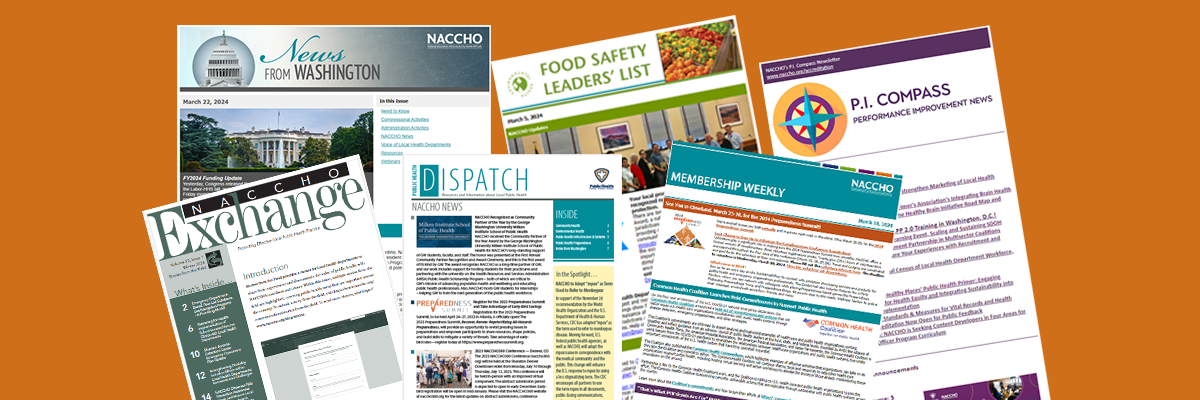
Subscribe Today
Sign Up for the E-mail Digests
Create an account or login to MyNACCHO and go to "My Subscriptions."
SUBSCRIBE NOW